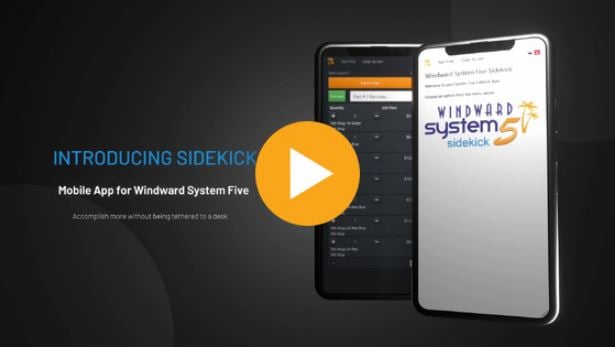A database DSN (Data Source Name) allows System Five to access the database using SQL. This has both performance improvements, as well as some features that work only with an ODBC connection. ODBC (Open Database Connectivity) is a standard way for programs to access a database. Using the ODBC utility in Windows allows us to configure this technology.
SystemFive is a 32bit application, the ODBC Connection will also need to be configured 32bit .
OBDC setup (32bit)
These instructions are for a Windows 10 or newer operating system & PSQL Version 12. Click here for instructions for older operating systems.
The quickest way to load/open ODBC 32bit is through searching it via the Windows Icon, bottom left of the screen.
OR
- go to Control Panel
- Administrative Tools
- ODBC Data Sources 32bit.
If you can't find the (32 bit) from the Control Panel Run “c:\Windows\SysWOW64\odbcad32.exe” - Then follow the steps below to create the DSN Database
To Add a System DSN (Data Source Name)
- Once you have ODBC 32bit loaded
- Switch to “System DSN” tab
- Click on “ADD” button
- Scroll down and select “Pervasive ODB Client Interface”
- Click on “Finish” button
You will then get the Window above.
- Data Source Name = Use the DSN name you create in PCC.
- Description = leave it as is
- Server Name/IP = Enter the Server HostName
- Transport Hint = leave as “Try TCP/IP First, then SPX”
Under “Database Name”
- Click on “Get list” button.
- From the drop-down selection box, select the DSN Database you create via PCC.
- Then click on “OK” button to FINISH.
PSQL v12: Creating DSN Database
Windward System5 is a 32bit application, so should your DSN Database. When you create a DSN “either via PCC or ODBC 32bit”, you should always choose a 32bit engine.
The 64bit engine will not work with Windward System Five.
This article was written with Pervasive SQL version 12 in mind. This still pertains to Actian Zen PSQL 14 which was a rebrand by Actian Software. Note this rebrand has renamed PCC to ZenCC.
Create a DSN Database via PCC
- Search “PSQL Control Center & Documentation” from Windows Or you can simply RUN –> PCC and it will load the same.
- Once you have PCC loaded, expand the Computer Name. This is always the machine name of the server.
- Right-click on “Databases”.
- Select “NEW” –> “Databases”.
You will then have the screen below.
- Database Name: give this any name.
- Location: point to the _datafiles.
- Database Options: Long metadata (V2 metadata) needs to be enabled.
- DSN Options: enable “Create 32-bit Engine DSN”.
- Click the FINISH button.
System Five Configuration for 7.x releases
To configure the DSN in System Five you will require security access to the setup wizard.
- From the Menu choose Setup Tools
- Select Setup Wizard (You will require Master File Maintenance security [1.2] to modify settings)
- Choose Network Settings
- Select Pervasive.SQL Databases
- Check System Five DSN (Data Source Name) checkbox.
- Enter your Server Name and Click the “Get list” button
- Choose from the drop-down the DSN created
- Click the “Test DSN” button to confirm a successful connection.
- Select Enable All button to configure for all workstations on the network.

System Five Configuration for 6.x releases
To configure the DSN in System Five you will require security access to the setup wizard.
- From the Menu choose Setup Tools
- Select Setup Wizard (You will require Master File Maintenance security [1.2] to modify settings)
- Choose Network Settings
- Select Pervasive.SQL Databases
- Check System Five DSN (Data Source Name) checkbox.
- Enter your Server Name and Click the “Get list” button
- Choose from the drop-down the DSN created
- Click the “Test DSN” button to confirm a successful connection.
You will need to configure this for each terminal in your network.







